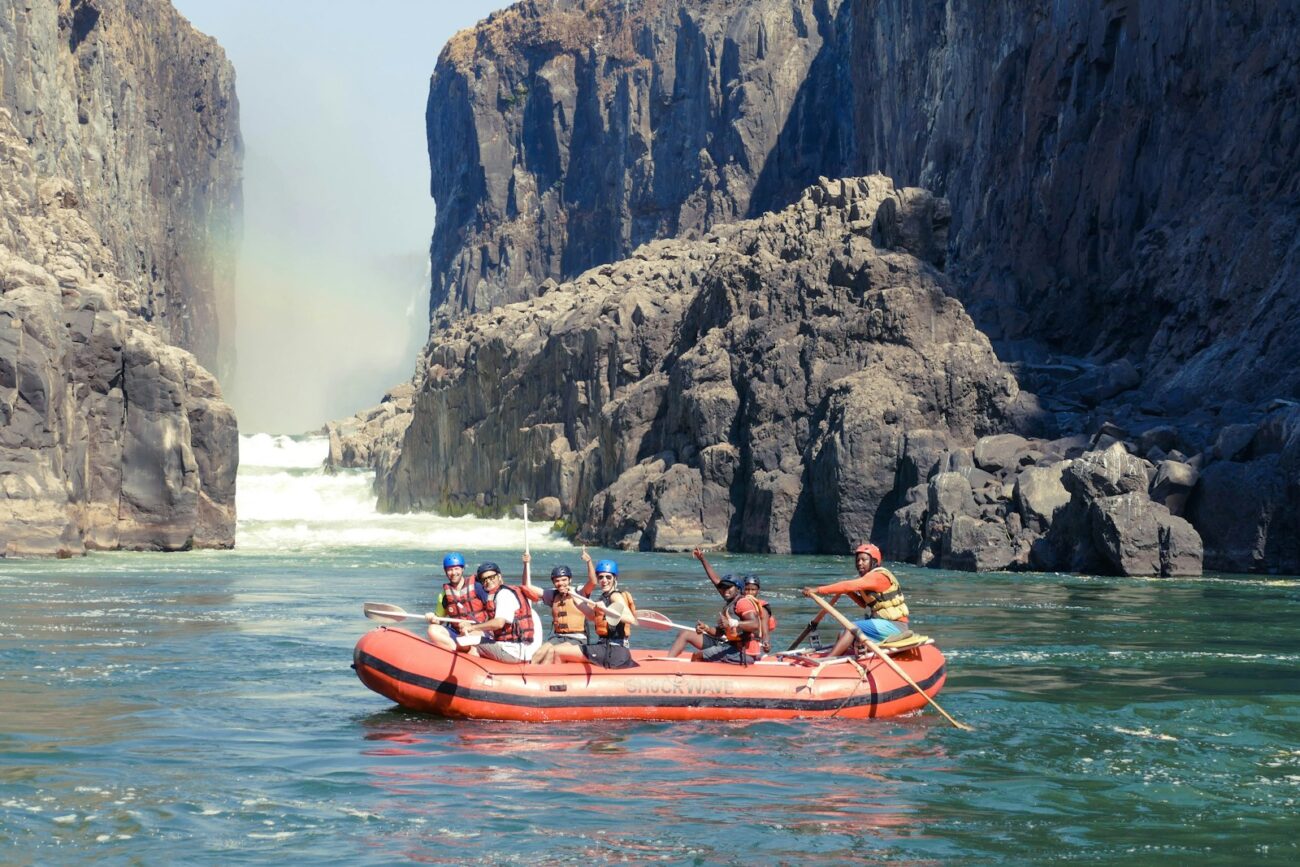Whitewater rafting combines adventure, teamwork, and natural beauty into an exhilarating outdoor experience. The rush of navigating churning rapids while surrounded by pristine wilderness captivates thousands of new enthusiasts each year. However, for beginners, the sport can seem intimidating with its unique terminology, safety protocols, and physical demands. Before you grab a paddle and hop into a raft, there’s essential knowledge you should acquire to ensure your first whitewater experience is both safe and enjoyable. This comprehensive guide will walk you through everything a newcomer needs to know before embarking on their first whitewater rafting adventure.
Understanding Rapid Classifications
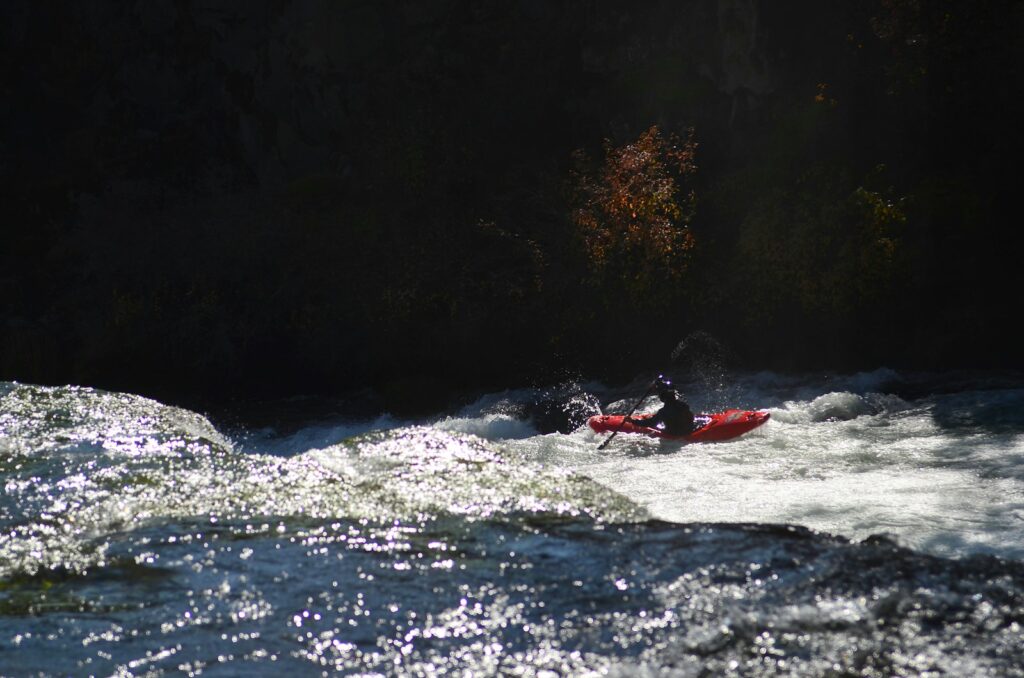
Whitewater rapids are categorized on a scale from Class I to Class VI, with each level indicating increasing difficulty and danger. Class I rapids feature small waves and minimal obstacles, making them perfect for absolute beginners to gain confidence. Class II introduces moderate rapids with straightforward passages that are relatively easy to navigate but require basic maneuvering skills. Class III rapids present irregular waves, narrow passages, and complex maneuvering requirements, representing the threshold where guided expertise becomes essential for newcomers. Classes IV through VI progressively increase in difficulty, with Class VI rapids considered extremely dangerous and often unrunnable except by expert teams under specific conditions.
Choosing the Right First Experience
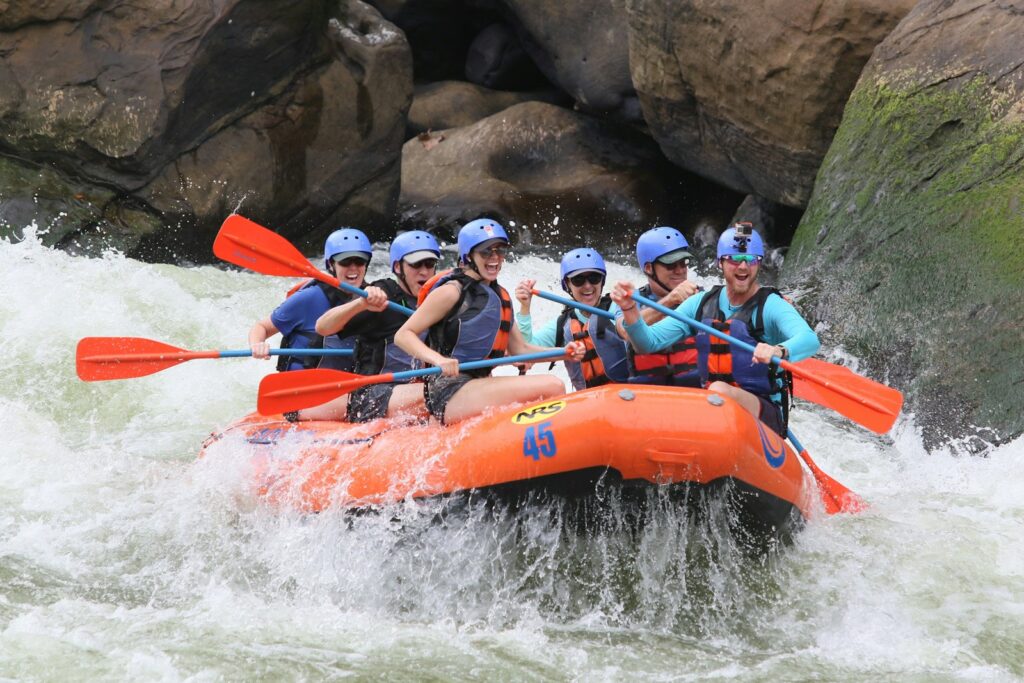
For your inaugural rafting trip, select a Class I or II rapids expedition, preferably with a well-reviewed professional outfitter that specializes in beginner trips. Research different rivers in your target region, as some offer gentler stretches ideal for learning the fundamentals without overwhelming challenges. Consider the trip duration as well—half-day excursions provide enough time to experience the thrill without exhausting yourself completely. Ask potential outfitters about their typical client demographics; those regularly hosting families and first-timers will likely provide appropriate instruction and support for novices. Remember that season matters too—spring runoff creates higher water levels and more challenging conditions, while late summer often offers more moderate experiences.
Essential Gear and What to Wear

Proper equipment is crucial for safety and comfort on whitewater adventures. At minimum, you’ll need a Coast Guard-approved personal flotation device (PFD), which responsible outfitters always provide and require you to wear. Helmet use is standard on Class III rapids and above, protecting against rocks and collisions. Footwear should be secure and water-friendly—neoprene booties or sturdy sandals with heel straps work well, while flip-flops are inadequate and dangerous. Dress in quick-drying synthetic materials and avoid cotton, which becomes heavy and cold when wet. Apply waterproof sunscreen liberally before departure, and secure eyeglasses with retention straps to prevent loss in turbulent water.
Physical Demands and Fitness Requirements

While beginners can enjoy whitewater rafting without elite athleticism, a basic level of fitness will enhance your experience. Upper body strength helps with paddling, especially during challenging sections where synchronized team effort is required. Core strength provides stability when the raft bounces through rapids and helps prevent falls overboard. Cardiovascular endurance becomes important on longer trips with sustained paddling sections. Most importantly, you should be comfortable in water and able to swim with a life jacket, as even experienced rafters occasionally find themselves unexpectedly swimming. If you have concerns about the physical demands, discuss them with your outfitter who can recommend appropriate trip options for your fitness level.
Understanding Basic Paddling Commands

Effective communication is essential on a raft, where split-second coordination can mean the difference between smoothly navigating a rapid or flipping over. Before departure, guides will teach fundamental commands like “Forward paddle,” “Back paddle,” “Stop,” and “Hold on!” Learn to respond immediately to these instructions without hesitation. The command “High side!” is particularly important—it means everyone should quickly shift their weight to the side of the raft that’s lifting to prevent capsizing. Position-specific commands may also be used, such as “Left forward” or “Right back,” directing only certain paddlers to maneuver. Familiarize yourself with these terms before your trip, but know that guides will review them thoroughly during pre-trip orientation.
Safety Protocols and Emergency Procedures
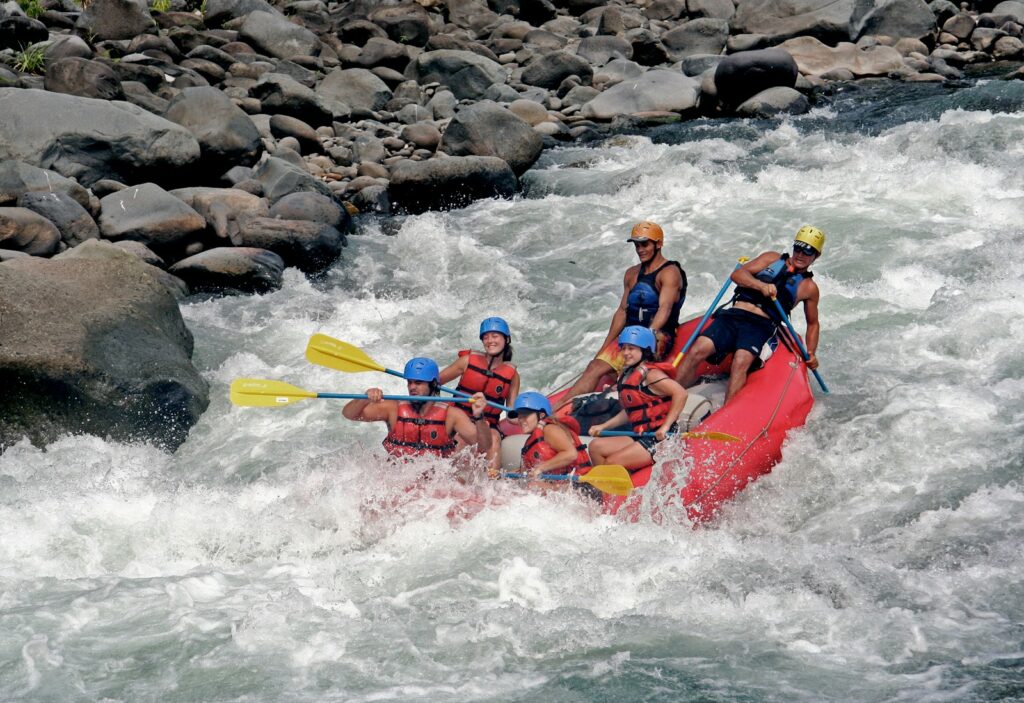
Safety briefings are mandatory before any reputable rafting excursion, covering crucial information that could save your life in an emergency. Learn the proper swimming position if you fall overboard—on your back with feet downstream and toes up to deflect potential underwater hazards. Understand how to self-rescue by grabbing the perimeter line of the raft or swim aggressively to shore if separated from your group. Recognize the universal distress signals used on the river, including whistle blasts and paddle signals. Most importantly, always follow your guide’s instructions immediately and without question during emergencies, as they’re trained to make split-second decisions based on river conditions and safety priorities.
Weather Considerations and Seasonal Variations
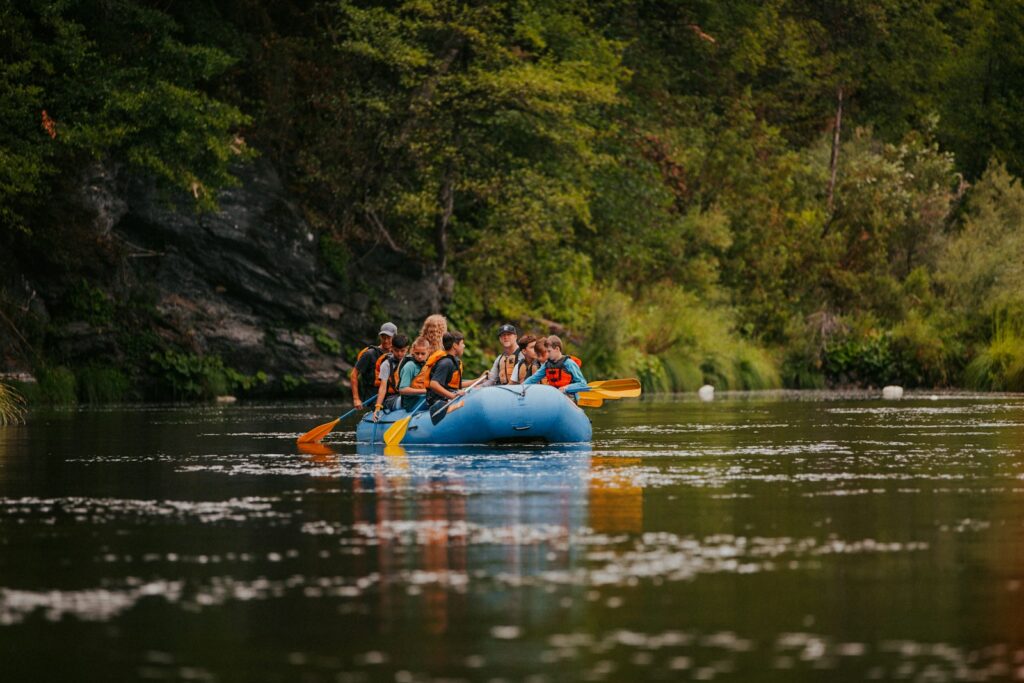
River conditions change dramatically throughout the year, directly affecting your rafting experience. Spring runoff creates higher water levels with faster currents and more powerful rapids, offering excitement for adrenaline seekers but potentially overwhelming beginners. Summer typically provides more moderate conditions with warmer water, making it ideal for first-timers and families. Fall brings lower water levels, exposing more rocks and creating technical challenges even in previously straightforward sections. Weather forecasts should be carefully monitored before your trip, as heavy rainfall can rapidly change river conditions. Temperature considerations are equally important—in colder conditions, wetsuit or drysuit rental becomes essential to prevent hypothermia, even on sunny days.
Choosing a Reputable Outfitter

The guiding company you select significantly impacts your safety and enjoyment. Research potential outfitters thoroughly, checking their safety record, years in operation, and guide certification requirements. Look for companies that maintain membership in professional associations like the International Rafting Federation or country-specific organizations. Online reviews can provide insight into the customer experience, but filter out complaints about weather or natural conditions beyond the company’s control. Ask specific questions about guide-to-client ratios, safety equipment provided, and how they handle emergencies. Reputable companies will happily share information about their safety protocols and guide training standards, which typically exceed minimum requirements.
Group Dynamics and Teamwork
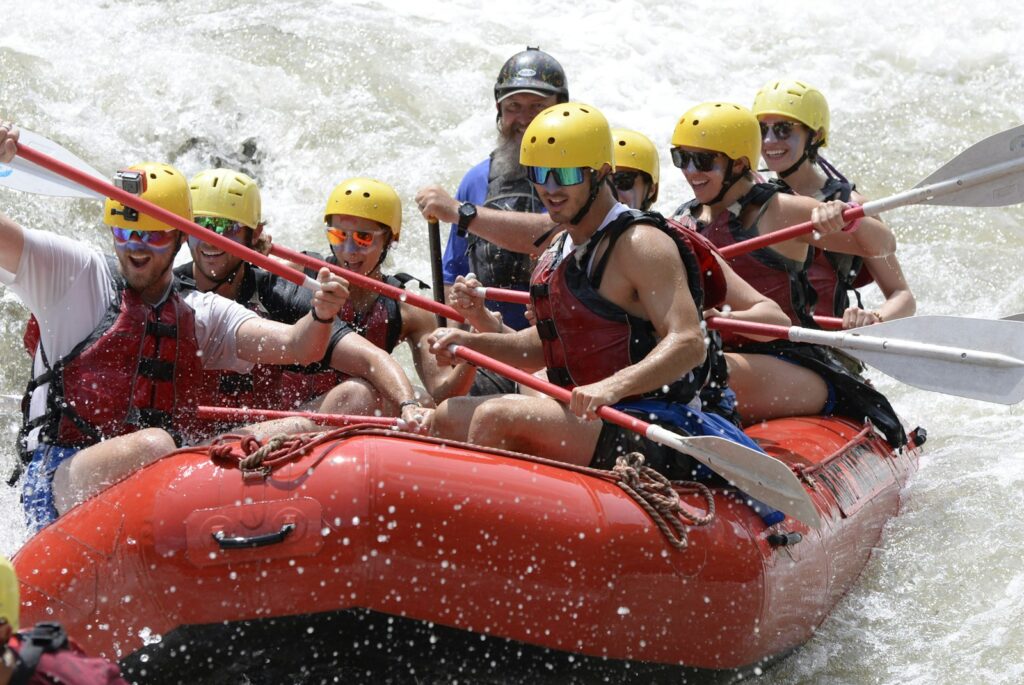
Whitewater rafting is fundamentally a team sport requiring synchronized effort from everyone in the boat. Your guide will direct the group’s actions, but each paddler must contribute to successful navigation of the rapids. Communication is critical—listen carefully to instructions and maintain awareness of your teammates’ actions. Paddling in unison creates maximum power and control, allowing the raft to respond predictably in challenging water. When entering difficult rapids, positive encouragement among team members builds confidence and reinforces collective effort. Remember that the weakest paddler influences the entire group’s capabilities, so honest assessment of your abilities helps guides make appropriate decisions for everyone’s safety.
Environmental Ethics and River Stewardship
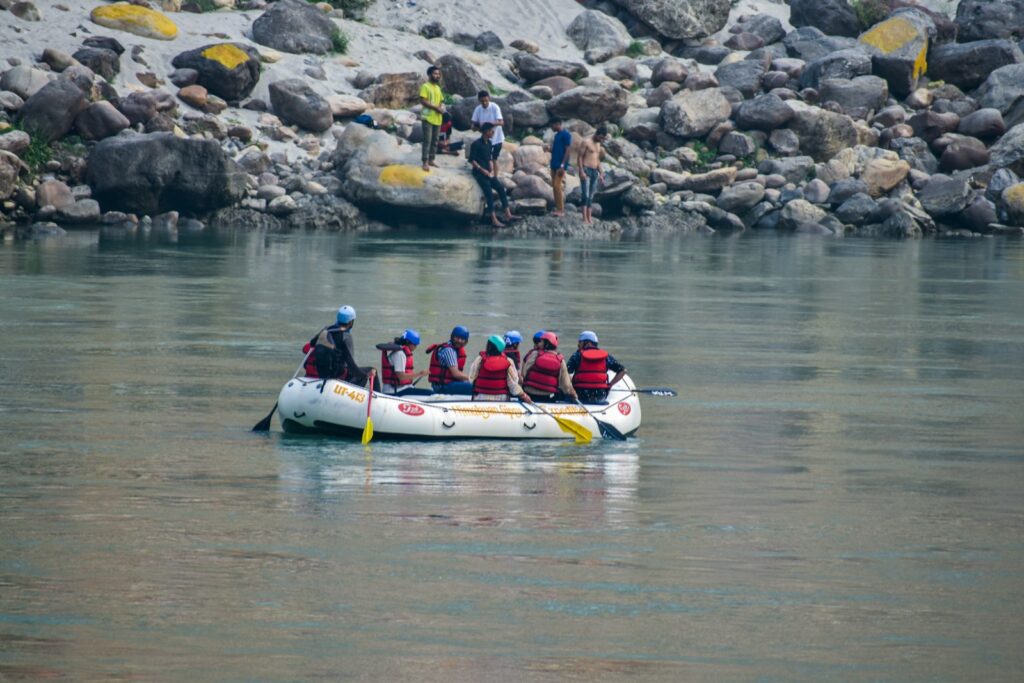
Responsible rafters practice Leave No Trace principles to preserve the pristine environments where they paddle. Pack out everything you bring in, including food wrappers, beverage containers, and personal items. Respect wildlife by observing from a distance without disturbing natural behaviors or habitats. Use biodegradable soap if cleaning is necessary, and always wash at least 200 feet from water sources. Stay on established trails at put-in and take-out points to minimize erosion and habitat damage. Consider supporting conservation organizations that protect river corridors, as many watersheds face threats from development, pollution, or damming that could permanently alter these natural experiences.
Managing Expectations and Fear
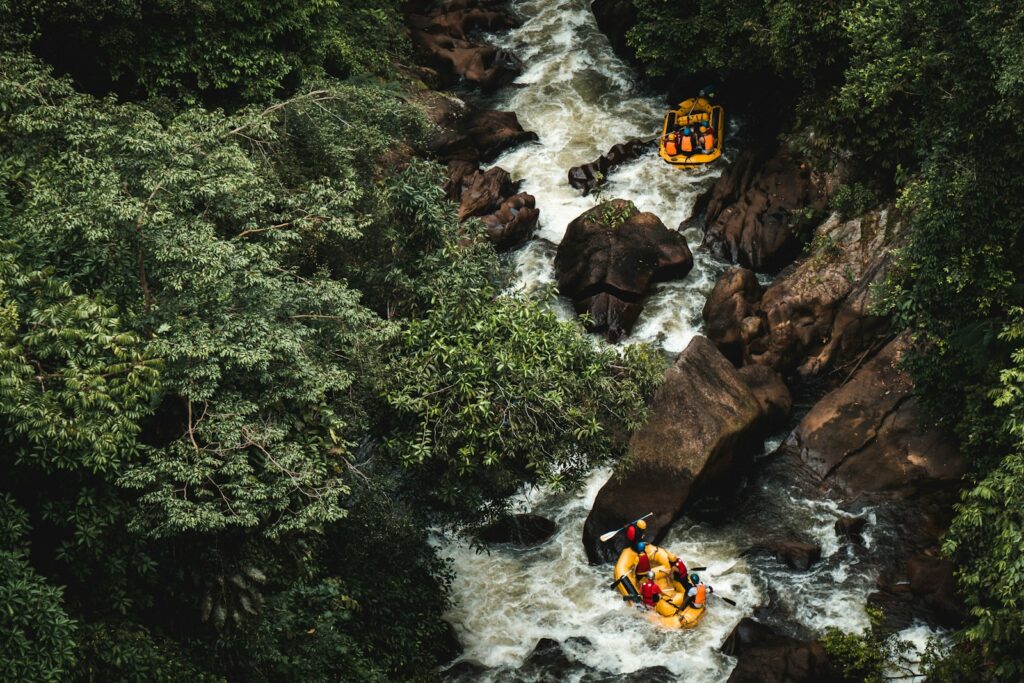
First-time rafters often experience a mix of excitement and apprehension before their trip. Acknowledge your fears rather than suppressing them, as mental preparation is as important as physical readiness. Communicate concerns to your guide, who can provide reassurance and appropriate information to address specific worries. Understand that commercial rafting trips are designed with safety margins—guides choose routes and make decisions based on the group’s capabilities and comfort level. Mental flexibility helps manage disappointment if river conditions require changing plans or routes. Remember that it’s perfectly acceptable to start with easier rapids and progress gradually as your confidence and skills develop over multiple experiences.
Post-Rafting Recovery and Care

After your adventure, proper recovery helps prevent soreness and prepares you for future outings. Hydrate thoroughly, as many first-time rafters don’t realize how much fluid they lose through exertion, sun exposure, and evaporation. Apply additional sunscreen immediately after the trip, as water reflection intensifies UV exposure and previous applications likely washed away. Gentle stretching targets shoulders, arms, and core muscles that may have worked harder than usual during paddling. Take time to mentally process the experience—many beginners find their first whitewater adventure triggers powerful emotional responses from confronting fears or experiencing natural beauty in a new way. Consider journaling about your experience or sharing photos with fellow rafters to reinforce positive memories and lessons learned.
Progressing in the Sport
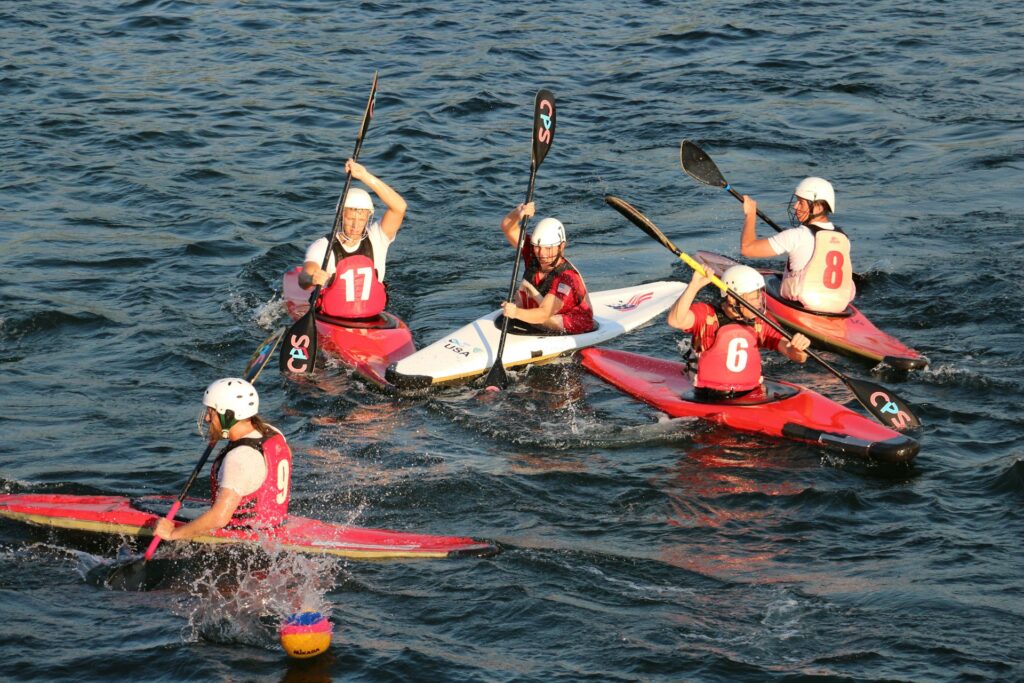
Many first-time rafters discover a passion that evolves into a lifelong recreational pursuit. If you enjoy your initial experience, consider how to develop your skills systematically. Most beginners should repeat Class II rapids several times before attempting Class III, building confidence and refining techniques with each outing. Consider taking a swiftwater rescue course, which teaches essential safety skills for more challenging waters. Many outfitters offer specialized clinics focusing on paddling techniques, river reading, or navigation skills. For those truly captivated by the sport, paddle clubs provide community, mentorship, and regular outings with experienced members who can accelerate your learning curve. Remember that progression should be gradual—rushing into higher-class rapids without proper preparation significantly increases risk.
Whitewater rafting offers an exhilarating blend of adventure, natural beauty, and team cooperation that few other outdoor activities can match. By understanding rapid classifications, choosing appropriate trips, using proper equipment, and respecting both safety protocols and environmental ethics, beginners can ensure their first experience becomes the foundation for many rewarding adventures on the river. Start conservatively, listen to your guides, embrace the learning process, and you’ll discover why whitewater enthusiasts return to rivers year after year, seeking that perfect combination of challenge and joy that only moving water can provide. The river has valuable lessons to teach about risk management, teamwork, and our connection to the natural world—lessons that often extend far beyond the shoreline into everyday life.

